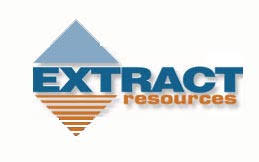Published on Wednesday November 30 2011

State-owned China Guangdong Nuclear Power Corp (CGNPC) is in talks to take over Extract's 43 percent shareholder, Kalahari Minerals, with Husab, the world's fourth-largest uranium deposit, seen as the key target.
Extract said on Wednesday it had accepted the terms that Namibia's Ministry of Mines and Energy had set for granting a licence for Husab, and the ministry would direct the mining commissioner to issue a licence for the project.
He said talks with financiers and potential strategic partners to help raise the $2 billion needed for the project were progressing.
Extract has been in talks with global miner Rio Tinto to link development of Husab with Rio's neighbouring Rossing uranium mine. Rio Tinto owns an 11 percent stake in Kalahari and a 14 percent stake in Extract.
Under Australian rules, CGNPC would be required to follow up with an offer for Extract once it owns more than 20 percent of the company, unless the securities regulator grants an exception.
CGNPC's intentions on Extract became clearer on Tuesday, when both Extract and Kalahari said CGNPC was talking to Namibia's state-owned Epangelo Mining Co about buying a 10 percent stake in Husab.
The only way Epangelo could buy a 10 percent stake in the project from CGNPC would be if CGNPC owned a controlling interest in Husab, which is 100 percent-owned by Extract.
Four analysts have estimated that based on the 243.55 pence per share offer that CGNPC is discussing for Kalahari, Extract would be worth between A$8.75 and A$9.00 a share.
Click Image To Access Uranium Stocks Australia




